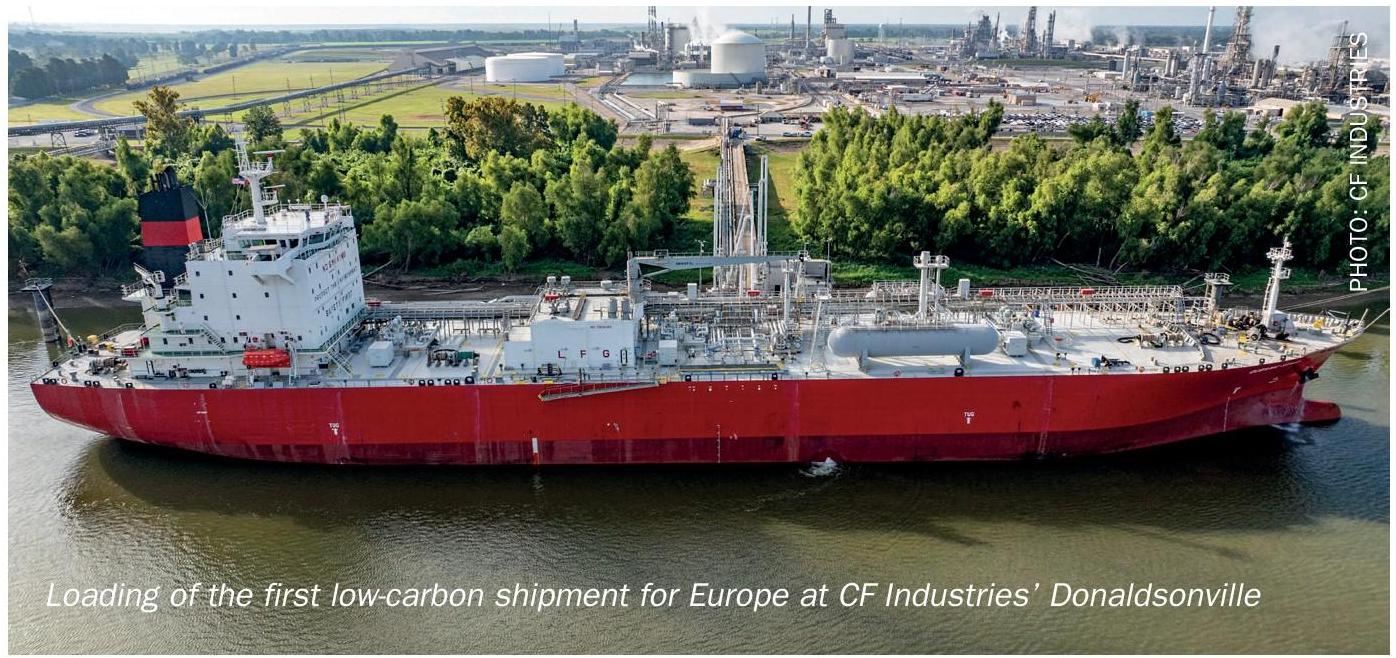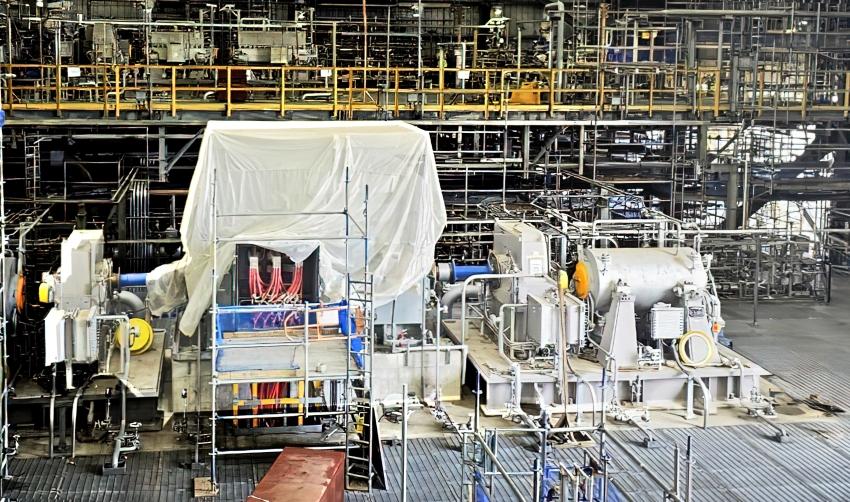Fertilizer International 526 May-Jun 2025

6 May 2025
US tariff pause brings relief to fertilizer exporters
President Donald Trump delayed his ‘liberation day” tariffs by three months on 9th April, while simultaneously ramping up levies on China.
In this latest twist to the on-off US tariffs saga, the Trump administration’s 90-day pause on additional duties should provide international suppliers to the world’s biggest fertilizer market with some respite – for now.
With the exception of China, the US will now cut back its so-called ‘reciprocal tariffs’ to 10% for the duration of a three-month suspension period. The European Union’s tariff is now halved to 10%, for example, with the trade bloc also pausing its trade countermeasures against the US.
At the time of writing in mid-April, fertilizer producers that export urea, UAN, ammonia and DAP/MAP/TSP to the US will generally face a blanket 10% rate.
Under the 90-day pause, tariffs on urea imports from Algeria will fall the most, being cut from 30% to 10%, while Nigeria’s urea tariff was cut from 14% to 10%. The rate on Middle Eastern urea producers was unchanged, being at 10% already.
Previous levies on granular phosphate imports from Jordan (20%), Israel (17%) and Tunisia (28%) will also now fall to the more favourable 10% flat rate. Saudi Arabia and Australia were already at this lower rate and therefore unaffected. The additional 10% tariff on phosphate imports from Morocco is expected to be added to the existing US countervailing duties (CVDs) of 16.6%, although this has yet to be confirmed.
Importantly, a number of fertilizer commodities are exempted from any US import tariffs under the Harmonized Tariff Schedule (Annex II). These include potassium chloride, potassium nitrate, potassium sulphate, phosphate rock and NP/NPK fertilizers.
The 10% blanket tariff does not apply to America’s northern and southern neighbours, Canada and Mexico, either. Instead, any imports from these two countries that comply with the United States-Mexico-Canada Agreement (USMCA) are exempted from the current 25% tariff imposed by the US.
This USMCA exemption notably covers US sulphur imports. While US sulphur consumption is primarily domestically sourced, imports still account for around 20% of total demand, with Canada being the primary supplier, making up 90% of total non-US purchases.
US tariffs on China, meanwhile, have increased from 104% to 145%.
Russia, in contrast, has emerged as a clear winner amid the policy chopping and changing by the Trump administration. US fertilizers imports from the country are not currently subject to any import tariffs or restrictions. Russia was notably absent from the ‘liberation day’ country list shown by President Trump to the world on 2nd April. At the time, the US administration said that Russia was not being targeted because existing sanctions already “preclude any meaningful trade”.
While Russian fertilizer suppliers were spared from further tariffs, the country’s phosphate producers already face prohibitive countervailing duties (CVDs), as does Morocco’s OCP. These have largely killed off phosphate fertilizer shipments from Russia and Morocco to the US since their implementation in 2020.

New US tariff policy may also reroute ammonium sulphate (AS) trade. Europe became the largest supplier of AS into the US market last year, surpassing Canada. The flow of European AS into the US may slow down with the introduction of 10% duties. But it is unlikely to cease, given the attractive US market premium and the oversupply of AS elsewhere globally.
Summing up, international fertilizer suppliers to the US, and buyers within it, will have breathed a sigh of relief on the news of a three-month pause in ‘reciprocal tariffs’. However, while fertilizer suppliers such as Algeria, Tunisia and Jordan may be able to retain some of their US market share, a lower tariff wall remains in place.
Tariffs at their current levels will still raise the cost of fertilizers in the US and, consequently, these are likely to be priced at a premium in coming months compared to other global markets.






